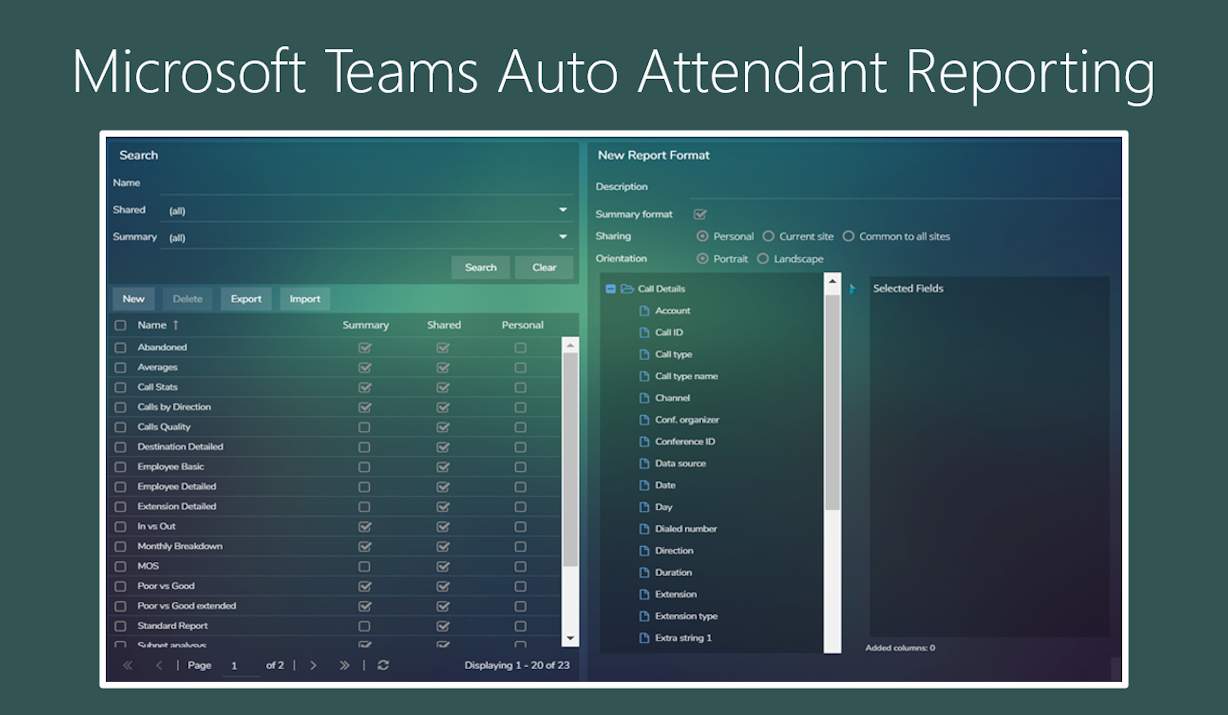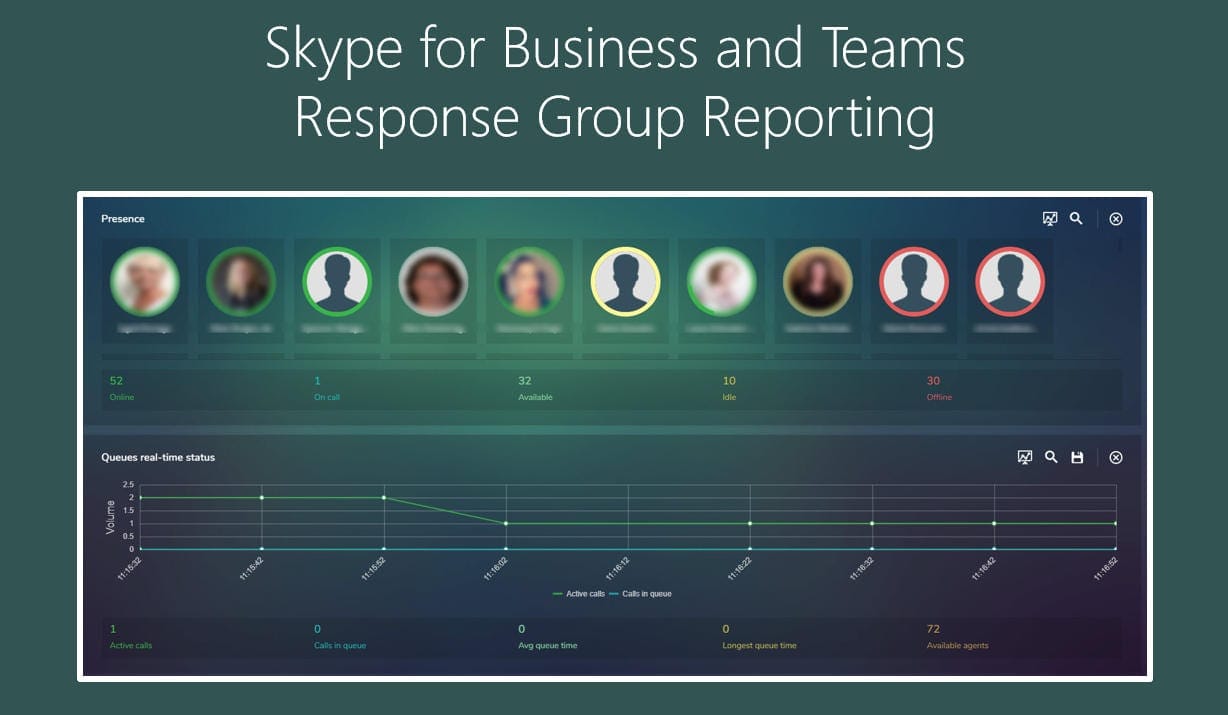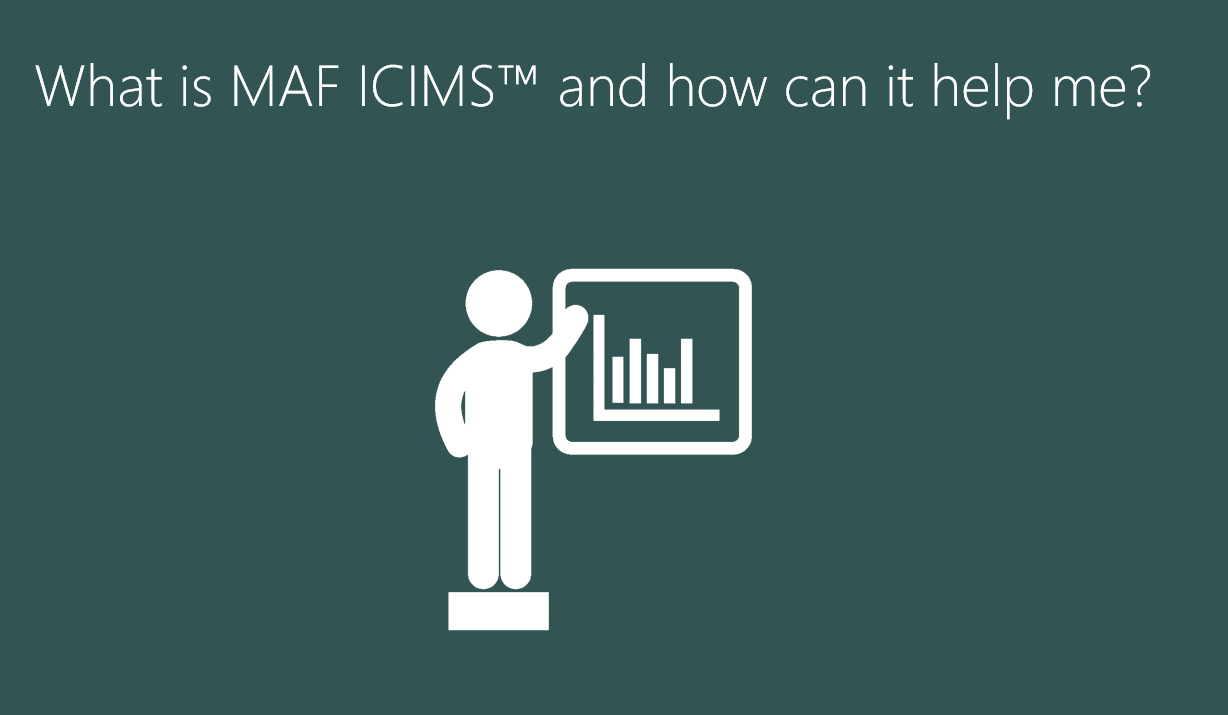This is how Microsoft classifies Lync, Teams and Skype for Business poor calls in QoE (Quality of Experience)
With MAF ICIMS™ you can report on Skype for Business and Teams Call Quality.
The poor call flag is called ClassifiedPoorCall and is available in the MediaLine table.
There are poor call classifications for audio, video and application sharing shown in the table below. The Skype for Business poor call flag is set if one or more the conditions are met. Please keep in mind that a record in the MediaLine table can cover multiple media streams.
Want to know which stream was the reason for the classification? Flagging occurs on the MediaLine level so you need to look at the individual streams and use table below.
| Column in AudioStream Table | Condition | Explanation |
| DegradationAvg | > 1.0 | Network MOS Degradation for the whole call. Shows amount the Network MOS was reduced because of jitter and packet loss |
| RoundTrip | > 500 | Round trip time |
| PacketLossRate | > 0.1 | The packet loss rate |
| JitterInterArrival | > 30 | Average network jitter |
| RatioConcealedSamplesAvg | > 0.07 | Average ratio of concealed samples generated by audio healing to typical samples |
| Column in VideoStream Table | Condition | Explanation |
| VideoPostFECPLR | > 0.1 | The packet loss rate after forward error correction has been applied |
| VideoLocalFrameLossPercentageAvg | > 10 | The percentage of total video frames that are lost |
| RecvFrameRateAverage | < 7 | Average video frame rate used by the receiver |
| LowFrameRateCallPercent | > 10 | Percentage of the call below the low frame rate threshold |
| VideoPacketLossRate | > 0.1 | The packet loss rate |
| InboundVideoFrameRateAvg | < 7 | The average video frame rate received during the call |
| OutboundVideoFrameRateAvg | < 7 | The average video frame rate sent during the call |
| DynamicCapabilityPercent | <10 | Percentage of the call where the client experienced high CPU load when processing video |
| Column in AppSharingStream Table | Condition | Explanation |
| SpoiledTilePercentTotal | > 36 | This value is the percentage of the content from the sharer that did not reach the viewer. Content may be discarded (or spoiled) when the sharer discards tiles from the graphics source or the ASMCU tiles discards tiles from Sharer respectively. |
| RDPTileProcessingLatencyAverage | > 400 | Acceptable value of the average RDP tile processing latency in the AS Conferencing Server over the duration of the viewing session |
| RelativeOneWayAverage | > 1.75 | Optimal value for the relative one-way delay between the two media endpoints involved in the application sharing. This is a single-hop latency measure |



